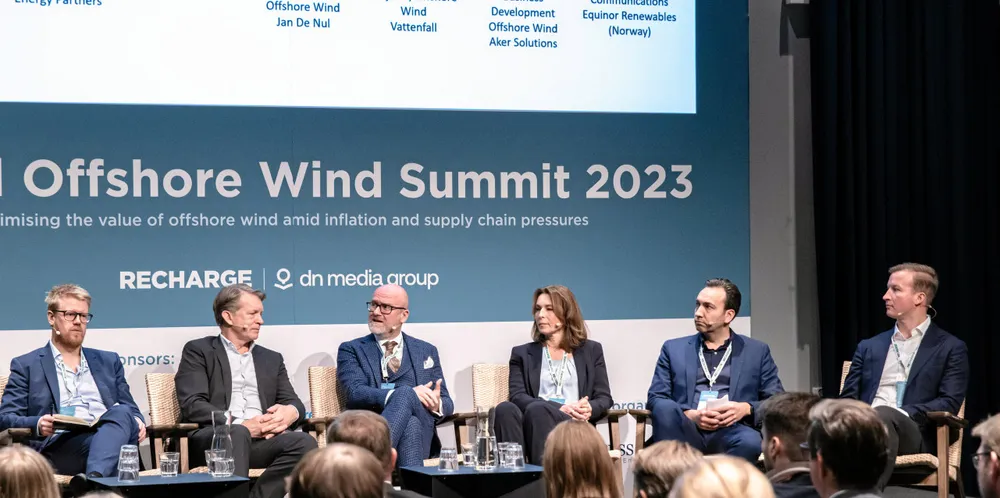'World's biggest offshore wind vessel already struggling to keep pace with turbines'
Scaling up by OEMs making investment in installation vessels unsustainable, says Jan De Nul

Scaling up by OEMs making investment in installation vessels unsustainable, says Jan De Nul
